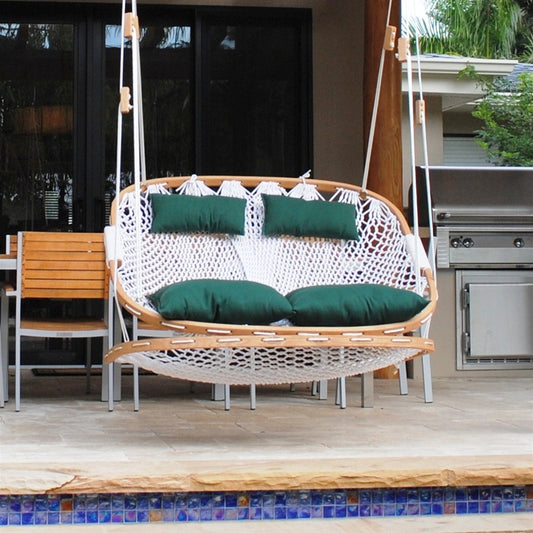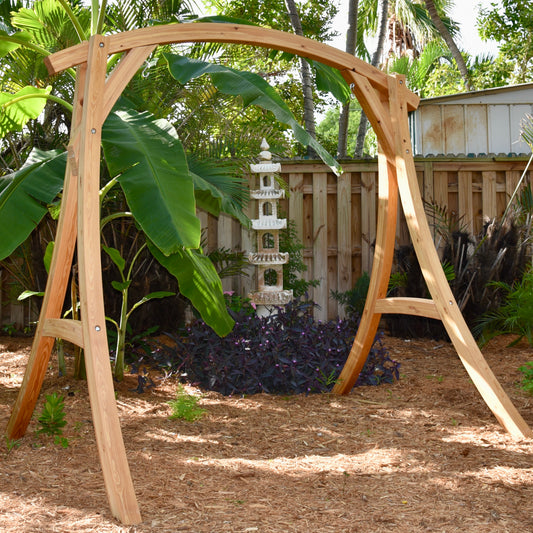Today, rope hammocks are more than just outdoor furniture—they’re icons of summer, symbols of rest, and even subjects of scientific study for their ergonomic benefits. From beaches in Brazil to balconies in Brooklyn, hammocks continue to offer a universal invitation to slow down and swing awhile.
The Classic Rope Hammock: A Journey Through Time and Comfort

Few inventions can boast the perfect blend of simplicity, functionality, and relaxation quite like the rope hammock. A staple of backyards, beaches, and breezy porches around the world, the rope hammock has a rich history that weaves together innovation, craftsmanship, and centuries of cultural influence. Let’s unravel the fascinating story of how this iconic lounger came to be—and how it’s evolved into the cozy classic we know today.
Origins in the Tropics
The hammock traces its roots back over a thousand years to the indigenous peoples of Central and South America, particularly the Maya in the South of Mexico and Northern Gutatamala. These early versions were crafted not from rope, but from thin tree bark fibers or plant-based sisal, a cactus. The purpose? To sleep above ground, away from pests, snakes, and damp earth.
The word “hammock” itself comes from the Taíno word hamaca, which referred to a woven bed. Spanish colonizers in the 15th century encountered hammocks and brought them back to Spain, where they quickly gained favor among sailors from all over Europe as a space-saving, sway-resistant alternative to bunk beds aboard ships.
From Fiber to Rope
As hammocks traveled north and west, they began to evolve. In the 19th century, particularly in the American South, hammocks transitioned from woven fiber to cotton rope. The new rope design was both breathable and durable, making it ideal for hot, humid climates.
It was during this time that the classic American-style rope hammock—complete with spreader bars—was born. The spreader bar, a wooden slat at either end of the hammock, helped keep the hammock open and flat, making it easier to get in and out. This innovation also made the hammock more visually appealing, turning it into a symbol of leisurely outdoor living.
Pawleys Island and the Rise of the Modern Rope Hammock
One name stands out in the story of the rope hammock’s modernization: Joshua John Ward, South Carolina. In the late 1800s, Ward, a riverboat captain and plantation owner is credited with refining the rope hammock into the design we recognize today—crafted from hand-twisted cotton rope, framed with hardwood spreader bars, and built for southern summers.
Modern Twists on a Classic
Over time, the rope hammock has continued to evolve in materials and design. Modern versions are often made from weather-resistant polyester or other synthetic fibers that withstand the elements better than cotton. One standout example is Caribbean Hammocks, a brand known for combining comfort with durability by using soft-spun polyester rope. This unique material feels just as soft as traditional cotton but offers superior performance in outdoor environments, resisting mold, mildew, and UV damage.
Caribbean Hammocks also brings style into the mix, offering their signature rope hammocks in 14 vibrant colors, from classic neutrals to bright, tropical hues—making it easy to match any outdoor décor or personal aesthetic.
The Hammock Today
Today, rope hammocks are more than just outdoor furniture—they’re icons of summer, symbols of rest, and even subjects of scientific study for their ergonomic benefits. From beaches in Brazil to balconies in Brooklyn, hammocks continue to offer a universal invitation to slow down and swing awhile.
So next time you stretch out on a rope hammock, take a moment to appreciate the centuries of culture, craftsmanship, and creativity woven into every strand—and if you want to elevate your lounging game, consider one that’s built to last and designed to impress, like the ones from Caribbean Hammocks.




